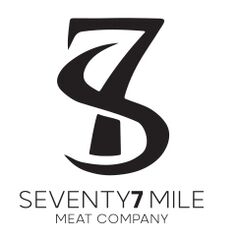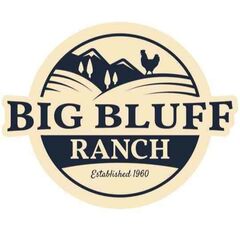COVID-19 and Meat: It's time to adapt

If you are a farmer or butcher visiting the ChopLocal website, you likely already know how desperately the United States needs diversity in its meat supply chain.
For years, farmers’ share of the food dollar has been decreasing. In fact, according to the United States Department of Agriculture, farmers received only 14.6 cents of every dollar consumers spent on food in 2018. The path from farm to fork requires the collaboration of the transportation industry, processors, and retailers, and each of those players must reap a profit in order for the entire system to work. Although farmers undoubtedly fill one of the most important roles in that process, their share of the final retail price is shockingly low.
This problem can be partly attributed to the fact that the vast majority of meat sold in the United States is processed by just a few large companies. In the cattle industry, for example, 80% of beef comes from just 4 packers. With so few options for marketing their livestock, farmers are “price takers”.
Then, in the spring of 2020, processing challenges due to COVID-19 disrupted the meat supply chain as we knew it. The Federal Reserve Bank of Kansas City reports that more than 80 beef and pork packing plants reported confirmed cases of COVID-19 between April and June, and about half of those plants closed for some time. Even in plants that didn’t close, processing slowed as a result of social distancing and employee absenteeism.
Obviously, outbreaks among processing plant employees caused challenges for meat packers. But those outbreaks also greatly affected farmers. When the processors had to slow down, they needed fewer animals. This drove down the prices paid to farmers and created a huge backlog of market-ready livestock that was unable to be harvested. As livestock economists Lee Schulz and Glynn Tonsor state, “The disruptions presented by COVD-19 to-date have been truly historic and never experienced by most involved.”
At the same time, consumers who wanted to stock their freezers for lock-downs were unable to find the meat products they desperately needed. Even though restaurant demand was down, grocery demand increased exponentially, and our complicated meat supply chain was unable to adapt quickly.
The pandemic has accelerated changes in the United States in many ways, and one of those drastic changes has been the behavior of food buyers. While online grocery shopping had been increasing for years, COVID-19 forced this technology to adjust and advance at warp speed. E-commerce sales were up nearly 32% in the second quarter of 2020, according to the U.S. Census Bureau.
Who has been left out of the “online food shopping” phenomenon, though? The small farmers and processors who are so important to the fabric of rural America.
Enter ChopLocal.
Founded by farmers, our goals are to:
- Provide an easy-to-use platform for farmers and butcher shops to sell their products online directly to customers.
- Create a user-friendly ecommerce site where customers can compare and purchase products from many farmers and small processors.
- Harness the power of collaboration among independent farmers and meat shops to negotiate lower shipping costs for our perishable products.
Interested in becoming a vendor? Find more information about selling meat online here.
No posts found
Write a review









